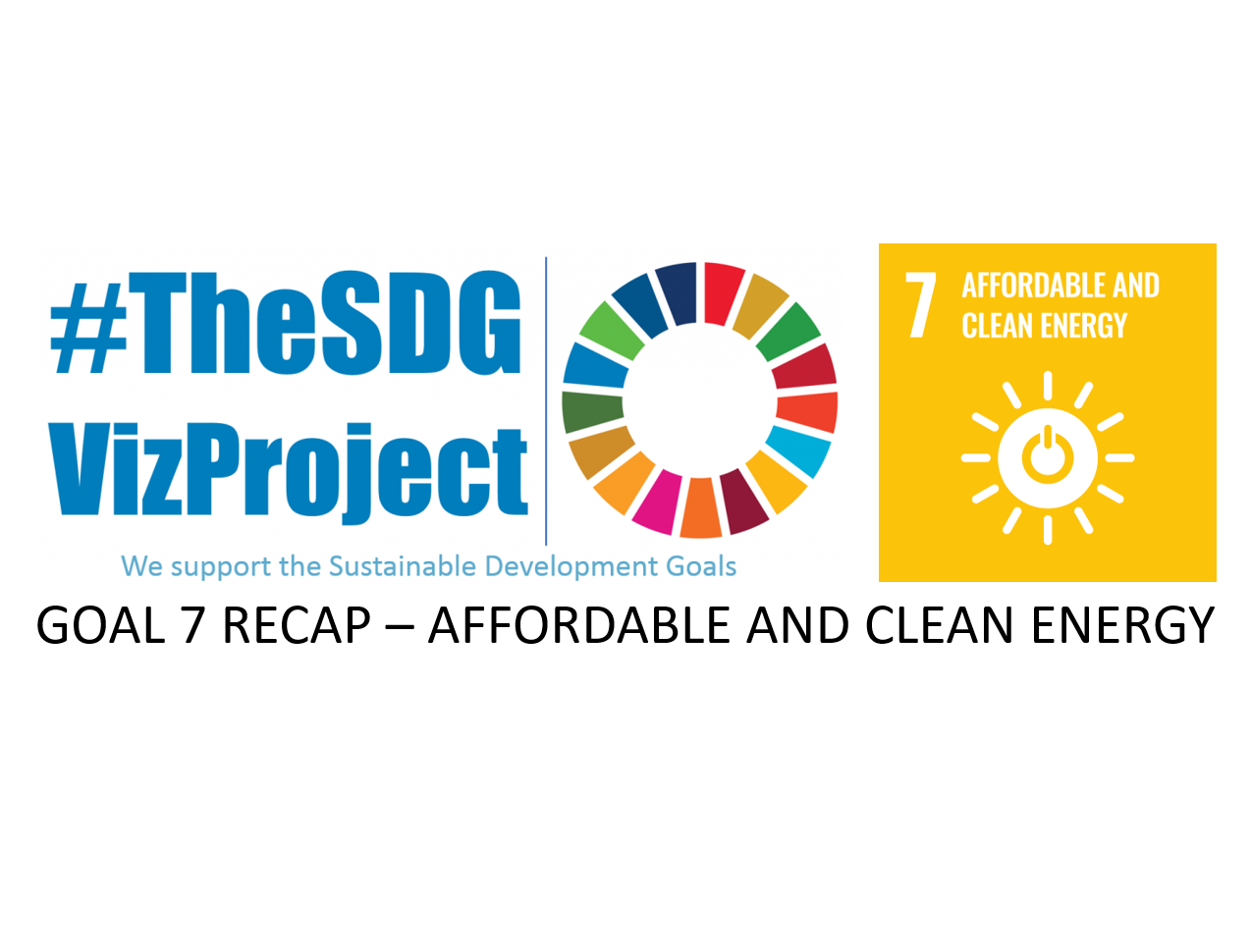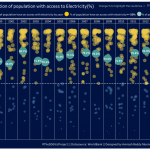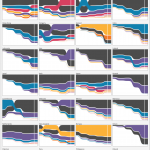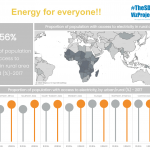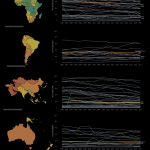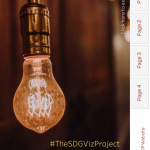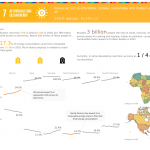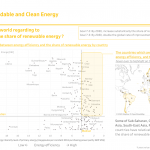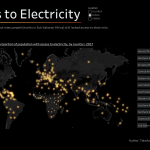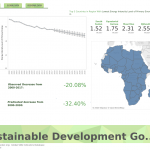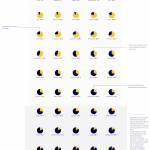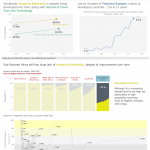
Goal 7: Ensure access to affordable, reliable, sustainable and modern energy for all
Goal 7 Recap:
Amazingly, 7 months into #TheSDGVizProject, there are still 5 people with 100% participation. We’d like to take this opportunity to recognize them and thank them for their continued participation and support, for helping to spread awareness for the SDG’s, and for helping to make this project a success. Please take a minute and check out their incredible Tableau Public Profiles and all of their project submissions so far.
Hiroyoshi Kamegaki – Profile
JUN Yamazaki – Profile
Satoshi Ganeko – Profile
Takafumi Shakuya – Profile
Yasushi Ishikawa – Profile
This month, we also had two new participants (thank you for joining #TheSDGVizProject!) and a few returning participants. See all of this month’s submissions below, click on them to view them on Tableau Public, and make sure to check them out in our Viz Gallery
August Submissions:
What We Learned:
This is what we learned about people’s access to affordable and clean energy;
- Global electrification rose from 83% in 2010 to 90% in 2018, but nearly 800 million people still lacked access
- As of 2017, about 20% of people living in rural areas did not have access to electricity. In Sub-Saharan Africa, roughly 80% of people in rural areas lacked access
- In some African countries, like South Sudan and Central African Republic, as much as 95% of the population lacks access to electricity
- For some countries, like Iceland, Norway, and Sweden, over half of their energy consumption is from “alternative” sources. In others, like Oman, Saudi Arabia, and Trinidad & Tobago, 100% is from fossil fuels
- Africa is the least developed of all continents, but 54% of their energy consumption came from renewable sources. Europe and North America on the other hand, are the two most developed continents, but only 12% and 13% of their energy consumption is from renewable sources, respectively
- Many of the countries that have are above average in terms of energy efficiency and the % of energy that comes from renewable sources are located in less developed regions, like Sub-Saharan Africa and South-east Asia. Many of the most developed countries are below average in both of these measures
- Both access to electricity and reliance on clean fuels and technology have both increased by more than 10 percentage points between 2000 and 2017
- Financial support for clean energy R&D and production increased 15x between 2000 and 2017 from 1.4 billion to over 21 billion
How can we contribute to Affordable and Clean Energy?
As is the case with many of the Sustainable Development Goals, the best way to help people around the world is to donate to organizations that are dedicated to achieving that specific goal. There are a number of charitable organizations that are actively working on providing clean and affordable access to electricity for people who currently lack access.
As always, if you need any help finding a charitable organizations that is right for you, please feel free to reach out to us.
There are also a number of things we can do at home to reduce our energy usage and to help aid in the transition to clean, renewable energy sources. Here are some small things we can do in our everyday life that can really add up;
- Use energy efficient light bulbs and set appliances to low energy settings when possible
- Cover the pot when boiling water. This can reduce the amount of energy needed to boil water by as much as 75%
- Ask your energy provider if they provide free home energy assessments
- Turn off lights whenever you leave a room
- If possible invest in “smart” thermostats. Otherwise, manually adjust thermostats when heating/cooling is not needed
- Unplug electronics when leaving for vacation
- Avoid preheating the oven unless a very specific cooking time is needed (ex. for baking)
Thank you for another great month, and keep an eye on our blog for the September Goal Announcement!

